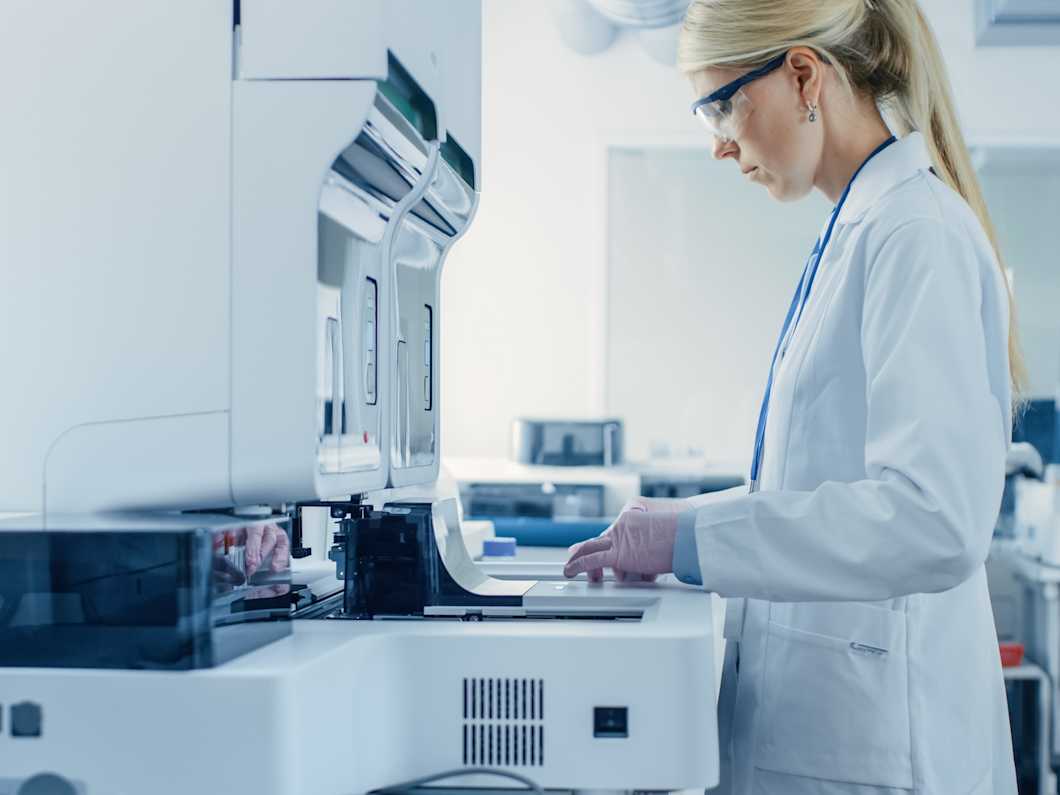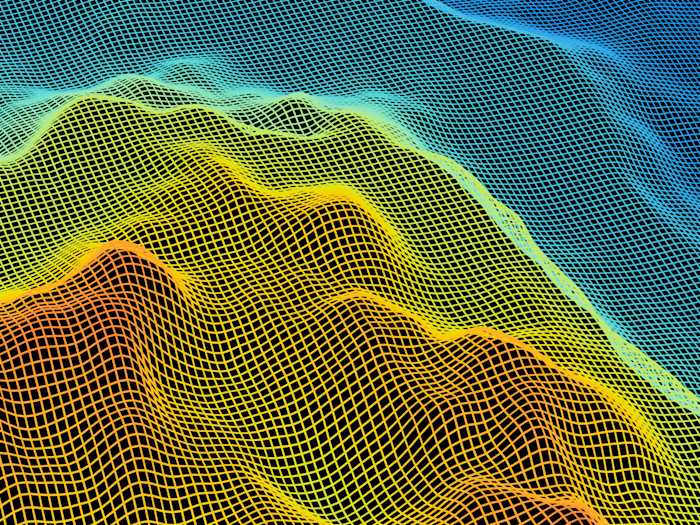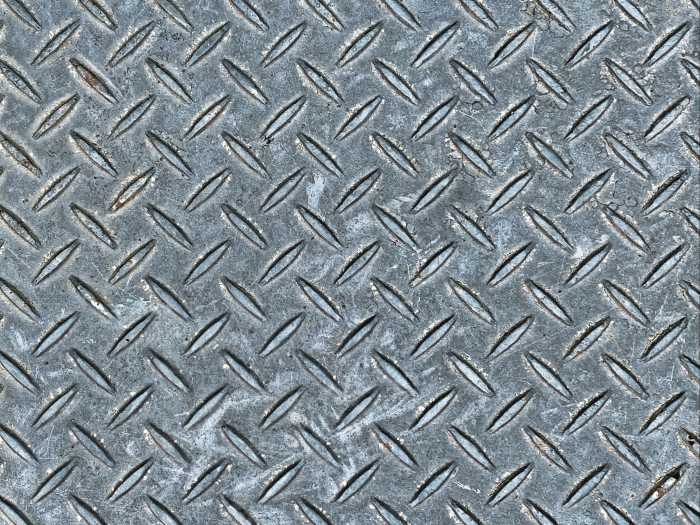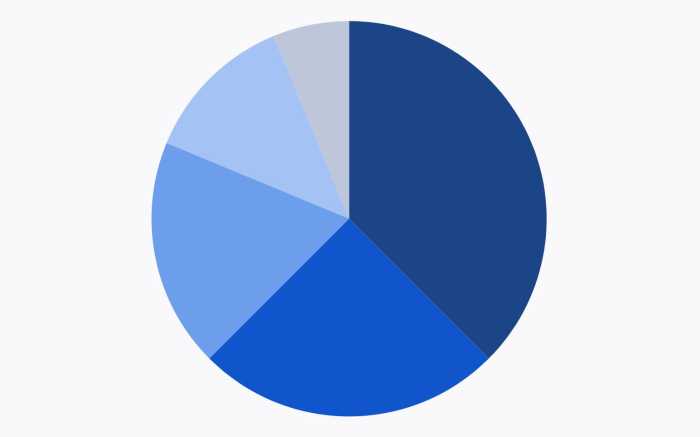Surface testing


Surface imaging and roughness
We offer surface imaging and roughness analyses with SEM, SEM-EDX, TEM, AFM, and AES (Auger electron spectroscopy) for all types of solid materials. Also cross-sectional imaging is available. The surface images give information about the topology, morphology, roughness and the microscopic structures of the surface. Order the measurements directly from our site or contact us through the form below to get a quote for your analysis package.
SEM imaging
SEM-EDX imaging
HR-TEM imaging
STEM-EDX
AFM surface imaging
AFM surface roughness measurement
AES measurement
Prices excluding VAT.

Scratch- & hardness tests
Scratch- and hardness tests for coatings, films, metals, and other materials. Our experts are happy to help with any questions regarding sample materials and suitable methods. Please see the tests defined below or contact us through the contact form on the bottom of the page and tell us more about your testing needs to get a custom offer.
Nano scratch test
Hardness testing of metals
Prices excluding VAT.

Elemental & compositional analyses
Elemental and compositional analyses of surfaces with SEM-EDX, TEM-EDX, AES (Auger electron spectroscopy), RBS (Rutherford backscattering), LA-ICP-MS, VPD-ICP-MS, SIMS, ToF-SIMS, ToF-ERDA and XPS. Our testing experts are happy to help in selecting the most suitable method for your samples to make sure you obtain the information you need from the analysis. Order the measurements directly from our site or contact us through the form below to get a quote for your analysis package.
SEM-EDX imaging
STEM-EDX
ToF-ERDA measurement
ToF-SIMS measurement
X-ray photoelectron spectroscopy (XPS)
AES measurement
LA-ICP-MS of thin film samples
VPD ICP-MS
Prices excluding VAT.
Why choose Measurlabs?
Widest range of testing methods – get all your tests done in the same place.
Best laboratories – for every test, we have sourced the best lab for that particular method, which means that you get the most accurate results and the best price.
Personal service – get help from method experts if you are unsure about standards, your testing needs or sample suitability.
Contact us to get a quote
Fill in the form, and we'll reply in one business day.
Have questions or need help? Email us at info@measurlabs.com or call our sales team.